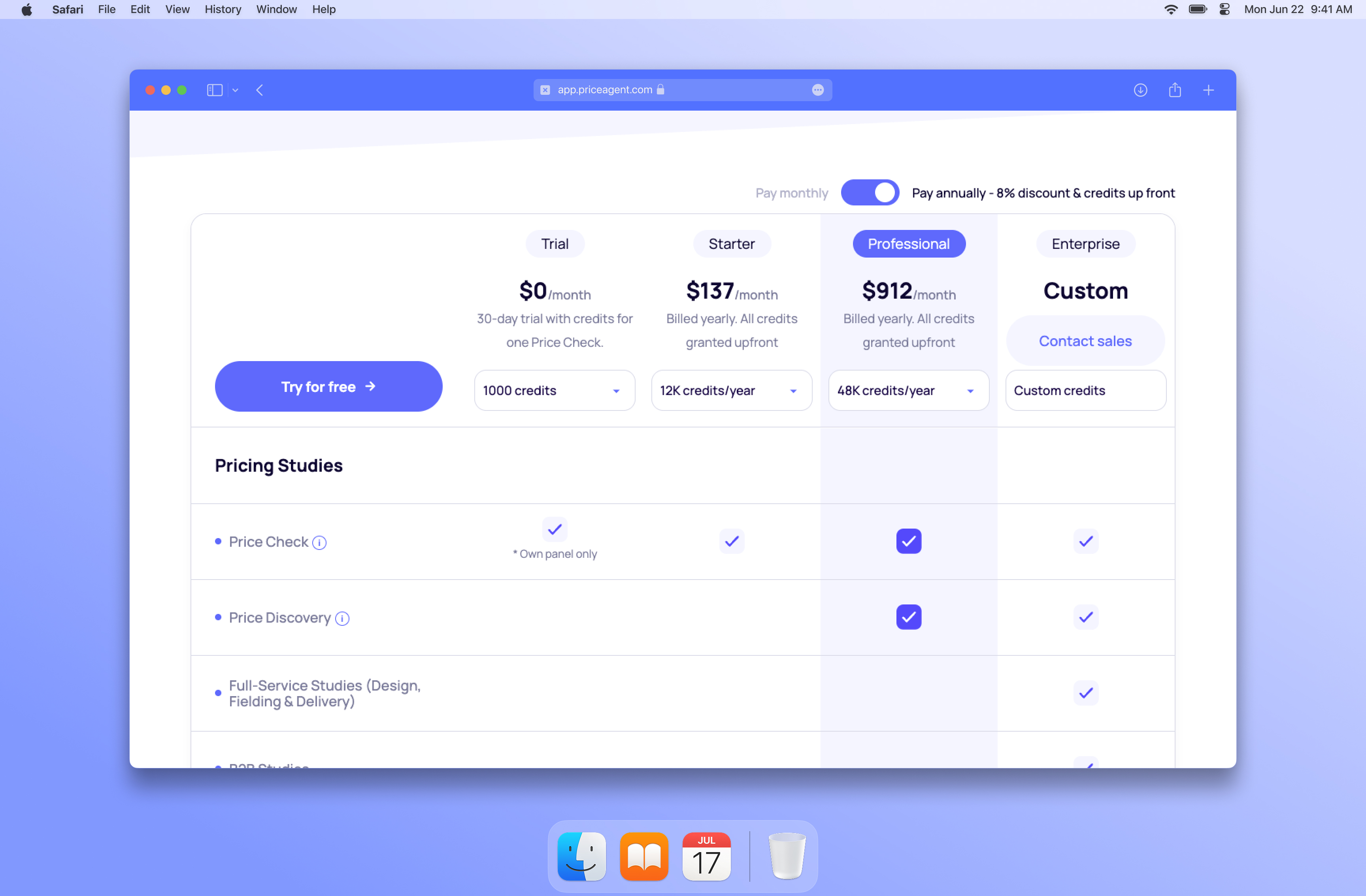The Top 3 Pricing Mistakes Businesses Make (and How to Avoid Them)
Struggling to set the right price? Don't fall victim to common pricing mistakes! Lea

Summarize article with AI
Let's face it,setting the right price for your product or service can feel like a guessing game. Charge too much, and you scare away potential customers. Charge too little, and you leave money on the table. But fear not! By avoiding some common pricing pitfalls, you can craft a winning pricing strategy that drives sales and boosts your bottom line.
In this article, we'll unveil the top 3 pricing mistakes businesses make and equip you with the knowledge to steer clear of them. Let's dive in!
Mistake #1: Ignoring the Competition
Imagine this: you spend months developing an amazing product, only to see it languish on the shelf because your price is significantly higher than similar offerings from competitors. Ouch!
Failing to consider competitor pricing is a recipe for disaster. When you don't factor in what your rivals are charging, you risk:
Overpricing: Customers will likely choose the more affordable option if your product offers similar features and functionality.
Underpricing: While a low price tag might seem attractive, it can devalue your product in the eyes of customers.
The solution? Conduct thorough competitive price research. Analyze what your competitors are charging and use that information to inform your own pricing strategy.
Mistake #2: The One-Size-Fits-All Trap
Variety is the spice of life, and that applies to pricing models as well. Offering a single pricing plan for all your customers can be a major turn-off.
Think about it: a small business with basic needs might not require all the bells and whistles included in a premium plan. On the other hand, a large enterprise might be willing to pay a higher price for advanced features.
A one-size-fits-all approach can lead to:
Lost Sales: Customers seeking specific features at a specific price point might look elsewhere if your offering doesn't match their needs.
Leaving Money on the Table: Customers who value advanced features might be hesitant to pay a premium for a plan with functionalities they won't use.
The answer? Develop tiered pricing plans that cater to diverse customer needs. Offer different plans with varying features and functionalities at corresponding price points. This allows customers to choose the plan that best aligns with their budget and requirements.
Mistake #3: Pricing in Stone
The world is constantly changing, and your pricing strategy shouldn't be stuck in the past. Here's why:
Cost Fluctuations: Production costs can rise due to various factors. If your pricing doesn't account for these increases, your profit margins will suffer.
Market Shifts: The competitive landscape might evolve, with new players entering the market or competitor pricing strategies changing. Your pricing needs to adapt to these shifts.
Evolving Customer Needs: As customer needs and expectations change, so too should your value proposition and pricing strategy.
The key? Regularly review your pricing strategy and make adjustments as needed. This ensures your pricing stays competitive, reflects your evolving product value, and maintains healthy profit margins.
The Path to Pricing Success
There's more to effective pricing than just avoiding these pitfalls. Understanding customer value perception, A/B testing different pricing models, and utilizing data analytics are just a few additional strategies to consider.
Ready to Master the Art of Pricing?
Learn in-depth strategies for overcoming these challenges, discover expert advice on developing winning pricing models for your business, and ensure you're on the path to pricing success!
Don't miss out on this valuable opportunity. Sign up for PriceAgent today!









